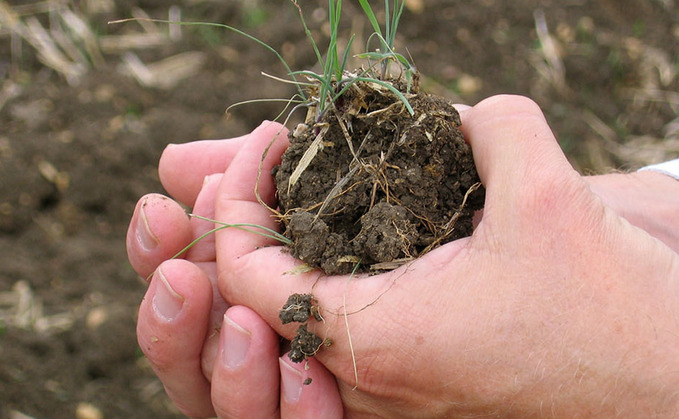
The weediest stubbles for many years, courtesy of few, if any, windows for cultural or chemical control make early spring cereal management vital this season. Spring cereals are an excellent rotational...

The weediest stubbles for many years, courtesy of few, if any, windows for cultural or chemical control make early spring cereal management vital this season. Spring cereals are an excellent rotational...

2002 Monosem NG Plus 3

Standen/Pearson 4 Row Potato Planter

6m Germinator